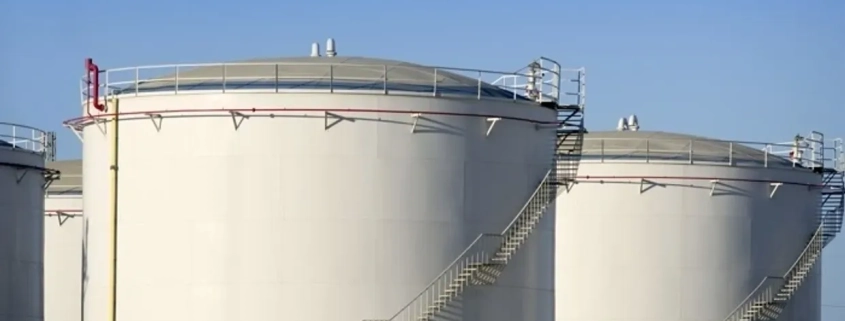How to Calculate the Number of Steel Plates for Oil Storage Tanks
Introduction
Building oil storage tanks involves precise planning and accurate calculations to ensure structural integrity, safety, and cost-effectiveness. For tanks constructed using carbon steel plates, determining the quantity and arrangement of these plates is crucial. In this blog, we will explore calculating the number of steel plates for oil storage tanks, using a specific example to illustrate the steps involved.
Project Specifications
Customer Requirements:
- Plate Thickness Options: 6mm, 8mm, and 10mm carbon steel plates
- Plate Dimensions: Width: 2200mm, Length: 6000mm
Tank Specifications:
- Number of Tanks: 3
- Individual Tank Volume: 3,000 cubic meters
- Height: 12 meters
- Diameter: 15.286 meters
Steps to Calculate Steel Plate Quantities for Three Cylindrical Oil Storage Tanks
Step 1: Calculate the Surface Area of a Single Tank
The surface area of each tank is the sum of the surface areas of the cylindrical shell, the bottom, and the roof.
1. Calculate the Circumference and Shell Area

2. Calculate the Area of the Bottom and Roof

Step 2: Calculate the Total Surface Area for All Tanks

Step 3: Determine the Number of Steel Plates Required

Step 4: Allocate Plate Thickness
To optimize the tanks’ structural integrity and cost, allocate different plate thicknesses for various parts of each tank:
- 6mm Plates: Use for the roofs, where structural stress is lower.
- 8mm Plates: Apply to the upper sections of the tank shells, where stress is moderate.
- 10mm Plates: These are used for the bottoms and lower sections of the shells, where the stress is highest due to the weight of the stored oil.
Step 5: Example Allocation of Plates for Each Tank
Bottom Plates:
- Required Area per Tank: 183.7 square meters
- Plate Thickness: 10mm
- Number of Plates per Tank: [183.7/13.2] plates
- Total for 3 Tanks: 14 × 3 plates
Shell Plates:
- Required Area per Tank: 576 square meters
- Plate Thickness: 10mm (lower Section), 8mm (upper Section)
- Number of Plates per Tank: [576/13.2] plates
- Lower Section (10mm): Approximately 22 plates per tank
- Upper Section (8mm): Approximately 22 plates per tank
- Total for 3 Tanks: 44 × 3 plates
Roof Plates:
- Required Area per Tank: 183.7 square meters
- Plate Thickness: 6mm
- Number of Plates per Tank: [183.7/13.2] plates
- Total for 3 Tanks: 14 × 3 = plates
Considerations for Accurate Calculations
- Corrosion Allowance: Include additional thickness to account for future corrosion.
- Wastage: Consider material wastage due to cutting and fitting, typically adding 5-10% extra material.
- Design Codes: When determining plate thickness and tank design, ensure compliance with relevant design codes and standards, such as API 650.
Conclusion
Constructing oil storage tanks with carbon steel plates involves precise calculations to ensure material efficiency and structural integrity. By accurately determining the surface area and considering the appropriate plate thicknesses, you can estimate the number of plates required to build tanks that meet industry standards and customer requirements. These calculations form the foundation for successful tank construction, enabling efficient material procurement and project planning. Whether for a new project or retrofitting existing tanks, this approach ensures robust and reliable oil storage solutions that align with engineering best practices. If you have a new LNG, aviation fuel, or crude oil storage tank project, please get in touch with [email protected] for an optimal steel plate quote.




